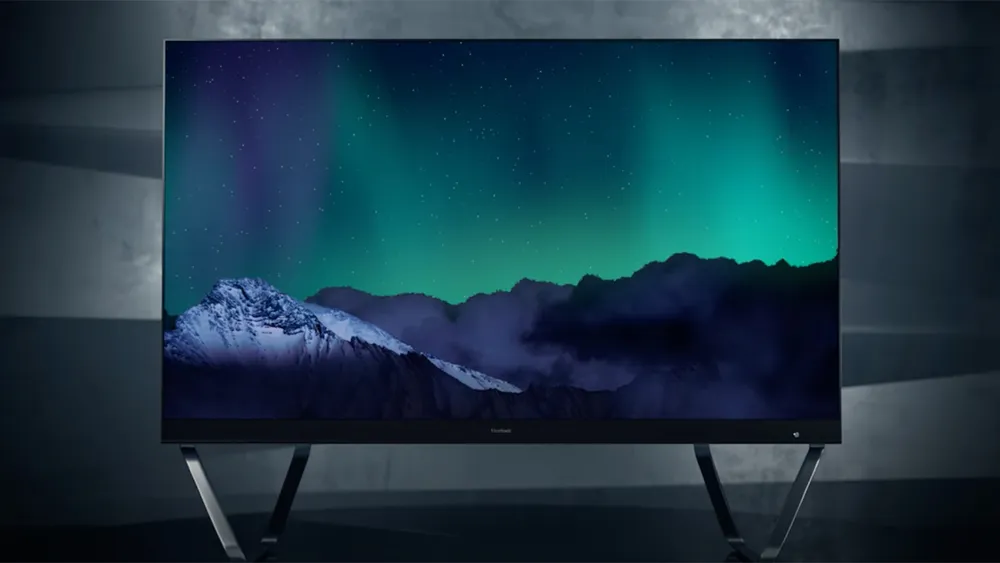Display technology has evolved dramatically over the past decade, offering consumers and businesses a wide range of visual experiences. Among the latest innovations, the Direct View LED TV (DVLED) stands out as a game-changer, redefining how we perceive image quality, brightness, and scale.
While traditional LCD and OLED displays are still widely used, DVLED technology offers superior clarity, scalability, and durability, making it the preferred choice for commercial spaces, luxury homes, and professional environments. In this article, we’ll explore what makes a Direct View LED TV unique and how it differs from LCD and OLED displays in performance and application.
Understanding Direct View LED TV (DVLED)
A Direct View LED TV, often abbreviated as DVLED, is composed of thousands of tiny light-emitting diodes (LEDs) that form individual pixels. Unlike traditional displays that rely on a backlight or filter, a DVLED display produces light directly from each LED chip. This direct illumination results in vibrant colors, deep contrasts, and exceptional brightness.
DVLED screens are modular, meaning they can be built in any size or shape without losing image quality. From small indoor meeting room displays to massive outdoor digital billboards, DVLED technology offers flexibility unmatched by conventional TV technologies.
How LCD Displays Work
LCD, or Liquid Crystal Display, has long been a dominant player in the TV and monitor market. An LCD screen uses a backlight, typically made of LEDs, to shine through layers of liquid crystals and color filters, creating the image you see on screen.
While LCDs are affordable and widely available, they have limitations. Since the backlight illuminates the entire screen, true blacks are difficult to achieve, and contrast ratios are relatively low. Additionally, LCD screens may lose brightness or clarity when viewed from off angles.
How OLED Displays Work
OLED (Organic Light Emitting Diode) displays use organic compounds that emit light when electricity passes through them. Unlike LCDs, OLED displays are self-emissive, meaning each pixel generates its own light. This allows OLED screens to achieve deeper blacks, better contrast, and more color accuracy.
However, OLED panels have some drawbacks. They are generally more expensive to manufacture and can suffer from image retention or “burn-in” over time, especially in high-brightness, static-content environments like retail or control rooms. OLED displays also struggle with brightness levels in outdoor or high-ambient-light conditions.
Key Differences Between DVLED, LCD, and OLED
Let’s break down how Direct View LED TVs (DVLED) differ from LCD and OLED displays across the most important parameters.
1. Brightness and Visibility
DVLED technology leads the way when it comes to brightness. A Direct View LED TV can reach much higher brightness levels—often over 5000 nits, compared to around 700–1000 nits for LCD and 800 nits for OLED. This makes DVLED displays ideal for outdoor use, shopping malls, airports, and stadiums where ambient light is strong.
In contrast, OLED performs best in dim environments like home theaters, while LCDs struggle in direct sunlight due to limited brightness.
2. Contrast and Color Performance
OLED displays are known for their deep blacks and excellent contrast since each pixel can be completely turned off. However, DVLED technology is rapidly catching up. Advanced Direct View LED TVs now deliver exceptional contrast ratios and wide color gamuts that rival or surpass OLEDs.
DVLED screens also maintain consistent brightness and color accuracy over time, which is particularly beneficial for commercial applications requiring long hours of operation.
3. Scalability and Size Flexibility
This is where Direct View LED TV technology truly stands apart. LCD and OLED panels are restricted by factory-manufactured screen sizes, typically ranging up to around 100 inches. DVLED displays, on the other hand, are built from modular LED cabinets that can be combined seamlessly into any size or aspect ratio.
Whether you want a 120-inch home cinema screen or a 50-foot digital video wall for a concert, DVLED can scale infinitely without bezels or image distortion.
4. Durability and Lifespan
DVLED displays are designed for long-term use. With lifespans often exceeding 100,000 hours, they are built to operate continuously in demanding environments. They also resist damage from humidity, temperature, and vibration better than OLED or LCD.
OLED panels, while visually stunning, tend to degrade faster, especially under high brightness or prolonged use. LCDs can last long, but are more prone to backlight issues over time.
5. Power Efficiency
OLED displays are energy-efficient in darker scenes but consume more power for bright images. LCDs use a constant backlight, which keeps power consumption steady but often inefficient. DVLEDs, being self-emissive, can optimize energy use based on brightness and content, especially when using advanced LED drivers and control systems.
6. Cost and Application
When it comes to cost, LCDs remain the most affordable option, while OLED sits in the premium consumer range. DVLED, although initially more expensive, offers greater long-term value due to its scalability, energy efficiency, and durability.
This makes Direct View LED TVs the preferred choice for high-end applications such as:
-
Corporate boardrooms and control centers
-
Luxury home theaters
-
Stadiums and arenas
-
Airports, shopping malls, and outdoor advertising displays
Why DVLED Is the Future of Display Technology
The Direct View LED TV is not just a display; it’s a digital experience. Its superior brightness, limitless scalability, and stunning visual performance make it the future of both commercial and residential display solutions. As manufacturing costs decrease and pixel pitch technology continues to improve, DVLED will become even more accessible and widespread.
Whether you need an immersive viewing experience or a large-scale branding display, DVLED technology delivers unmatched visual impact, reliability, and flexibility.
Final Words – About Cinstar LED
Cinstar LED is a leading manufacturer and global supplier of advanced LED display solutions. Specializing in Direct View LED TVs, DVLED video walls, and customized LED installations, Cinstar LED delivers cutting-edge technology with exceptional reliability. Our mission is to help businesses create impactful, high-quality visual experiences worldwide.

